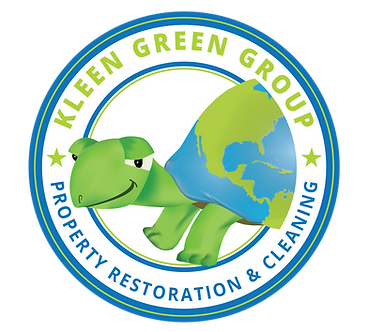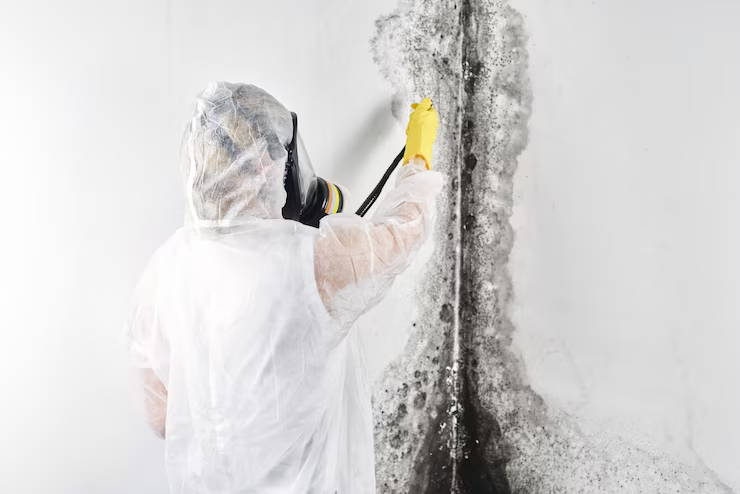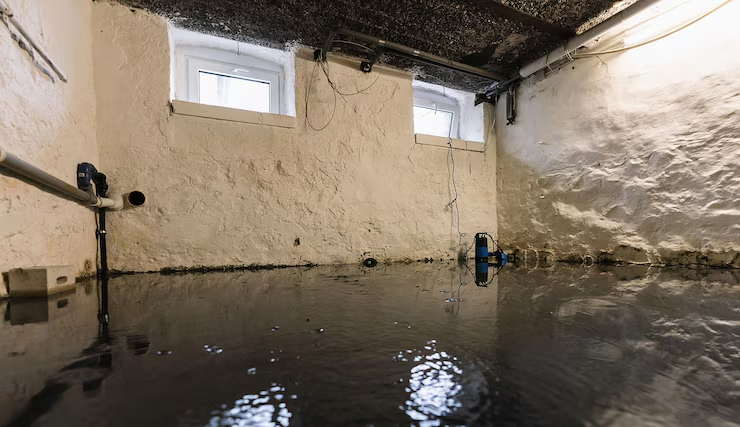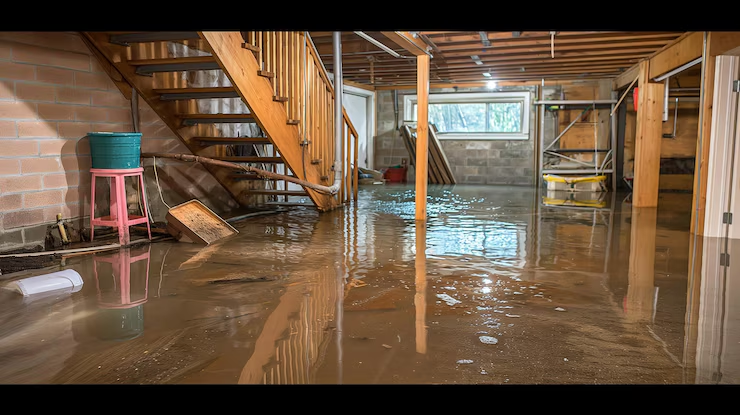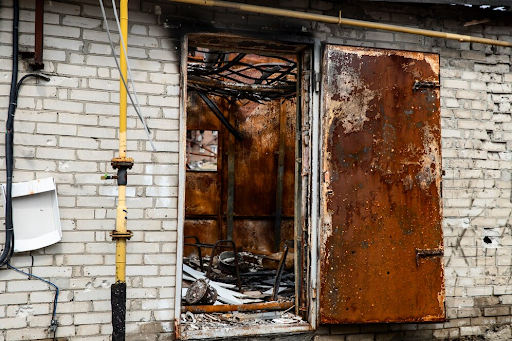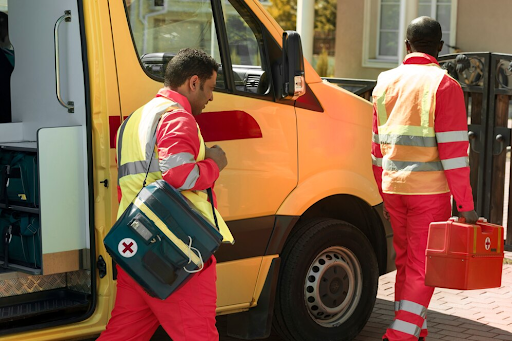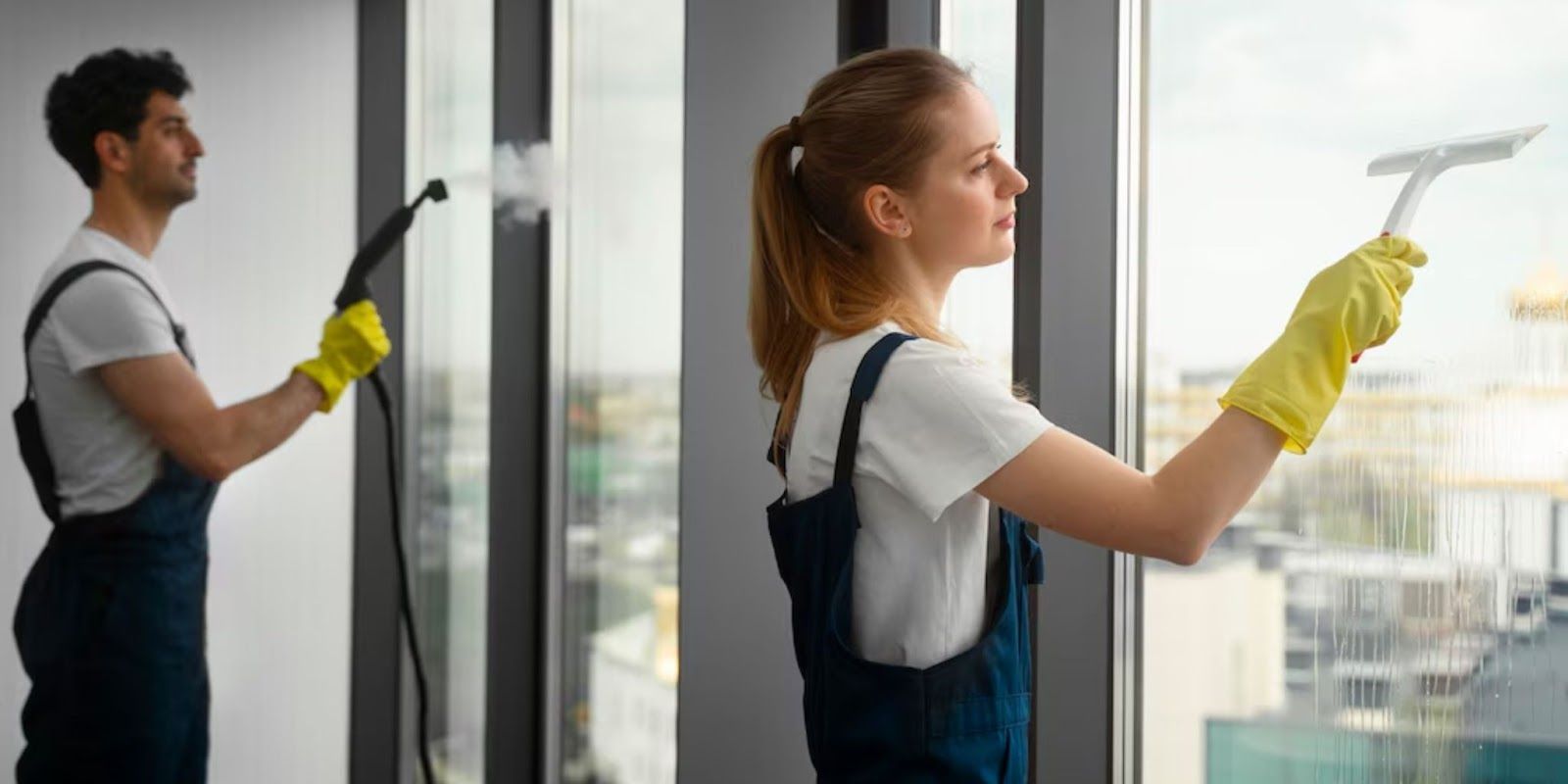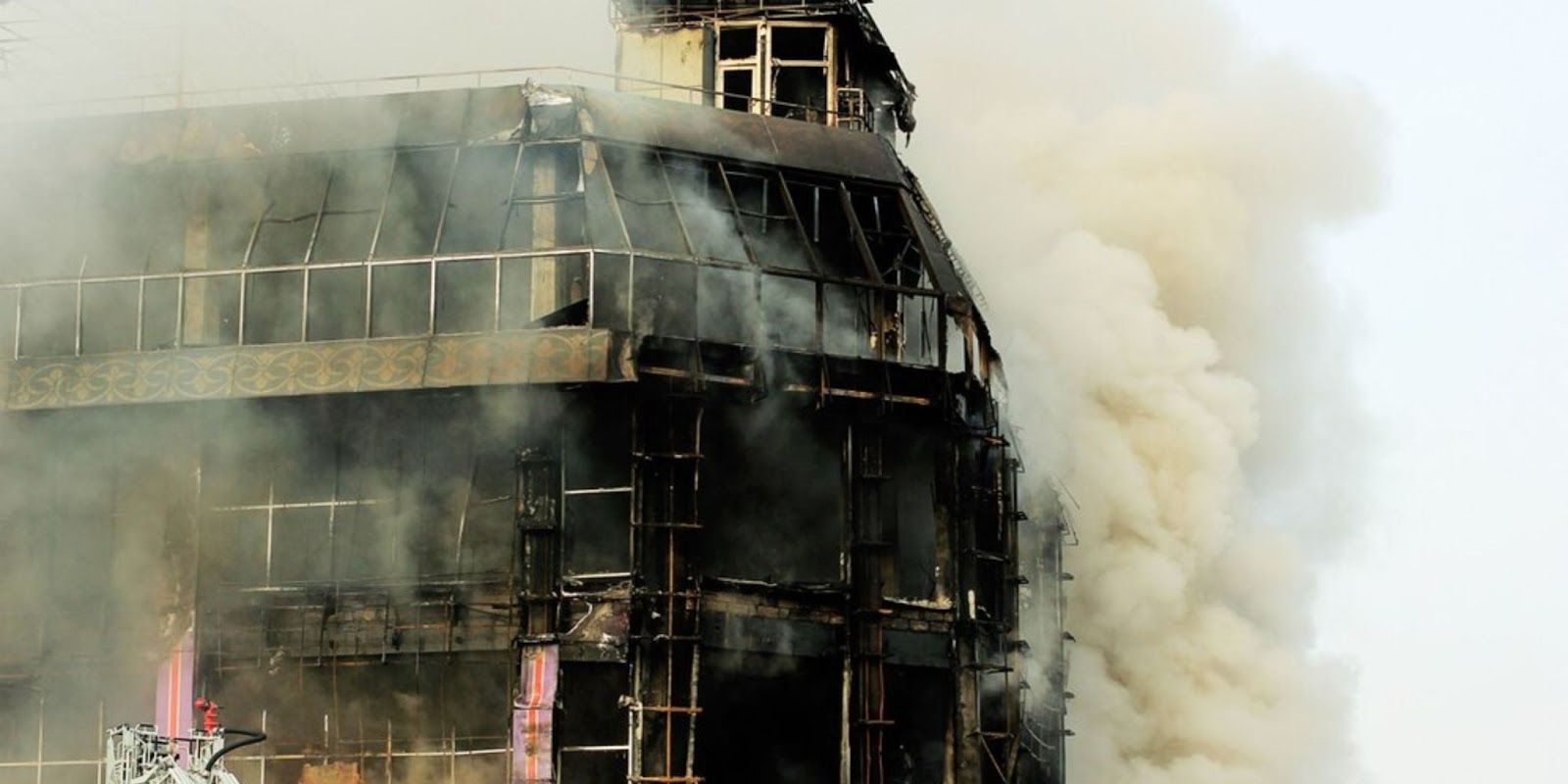The Mold Remediation Process in Branson, MO: What to Expect Step-by-Step
Mold isn’t just a nuisance—it’s a serious health and structural issue that no Branson homeowner should ignore. Thanks to the region’s humid Ozark climate and frequent rainfall, properties in Branson, MO are particularly vulnerable to mold infestations. Whether it’s hiding behind drywall, under flooring, or in crawl spaces, mold can spread fast and silently damage your home—and your health.
Step 1: Mold Inspection and Assessment
The first step is professional mold inspection and assessment. When a mold remediation company arrives at your home, their priority is to determine:
- Where the mold is growing
- How far it has spread
- What caused it (water leak, flood, humidity)
- What surfaces are affected (drywall, insulation, wood, etc.)
Using tools like moisture meters, infrared cameras, and air quality tests, technicians can detect mold even when it’s not visible.
In Branson homes, mold is often found in:
- Crawl spaces
- Basements
- Behind bathroom walls
- Around HVAC units
- Under flooring near kitchens or laundry rooms
After the inspection, you'll receive a custom remediation plan outlining what needs to be done, how long it will take, and estimated costs.
Step 2: Containment of Affected Areas
Mold spreads via microscopic spores that float through the air. Once disturbed, they can contaminate clean areas fast.
To prevent this, the remediation team will set up containment barriers using heavy-duty plastic sheeting and seal off the affected zones. They'll also use negative air pressure machines (air scrubbers) to ensure spores don’t escape into the rest of your home.
Think of this as the mold version of quarantine—it’s absolutely essential.
Step 3: Air Filtration
Before the physical removal begins, professional-grade HEPA air filters and purifiers are used to capture airborne mold spores. These systems continuously cycle the air, trapping mold particles and improving the air quality within the containment zone.
This step is especially important in Branson households with pets, children, or allergy-prone residents, as it minimizes exposure during remediation.
Step 4: Mold Removal and Disposal
Here’s where the real cleanup happens.
Depending on how severe the mold infestation is, technicians will:
- Remove mold-damaged materials like drywall, insulation, carpet, or wood.
- Clean salvageable surfaces using antimicrobial agents, wire brushing, or soda blasting (especially for attic or crawlspace mold).
- Bag and dispose of contaminated debris according to local environmental codes.
In Branson, many homes feature older construction or unique materials that may require careful handling. A reputable mold remediation team will know how to clean thoroughly without damaging your home’s structure.
Step 5: Drying and Dehumidification
Mold doesn’t grow without moisture—and until the source of that moisture is handled, the problem will return.
That’s why the next critical step is completely drying out the space.
High-powered air movers, dehumidifiers, and sometimes industrial heaters are used to reduce humidity and remove water from building materials. This step may take 24–72 hours, depending on the severity of the water damage.
Local weather conditions in Branson can add complexity here, especially during the hot, humid summer months, when indoor humidity can skyrocket.
Step 6: Restoration and Repairs
Once the mold is gone and the structure is dry, your remediation team will begin restoring the area to its pre-damage condition. This may include:
- Replacing drywall and baseboards
- Repainting affected walls
- Reinstalling carpet or flooring
- Insulating crawlspaces or attics
Some mold remediation companies in Branson also offer full-service restoration, so you’re not left searching for another contractor to finish the job.
Step 7: Final Inspection and Prevention Advice
Before calling it complete, your mold team will conduct a final inspection to confirm the mold is gone and the space is safe. Some companies even offer post-remediation testing to provide written clearance documentation (especially important for real estate transactions or property management).
In addition, your technician should walk you through how to prevent future mold problems, including:
- Fixing plumbing leaks
- Improving ventilation
- Installing dehumidifiers in basements or crawlspaces
- Cleaning gutters regularly to prevent moisture seepage
For Branson homeowners, staying proactive is key—especially in spring and summer when mold loves to thrive.
How Long Does Mold Remediation Take in Branson, MO?
For most residential jobs in Branson, mold remediation takes 2 to 7 days from start to finish. Larger or more complex jobs—such as crawlspace encapsulation or severe flood damage—may take longer.
Factors that affect the timeline include:
- Size of the infestation
- Type of building materials affected
- Accessibility of the site
- Extent of water damage
- Weather and humidity conditions
A reputable mold company will give you a clear timeline before work begins.
Final Thoughts: Don’t Let Mold Linger
Mold won’t go away on its own. The longer it sits, the more it damages your home, lowers your air quality, and impacts your health. The good news? The professional mold remediation process is thorough, efficient, and highly effective—especially when handled by experienced pros who understand Branson’s unique challenges.

